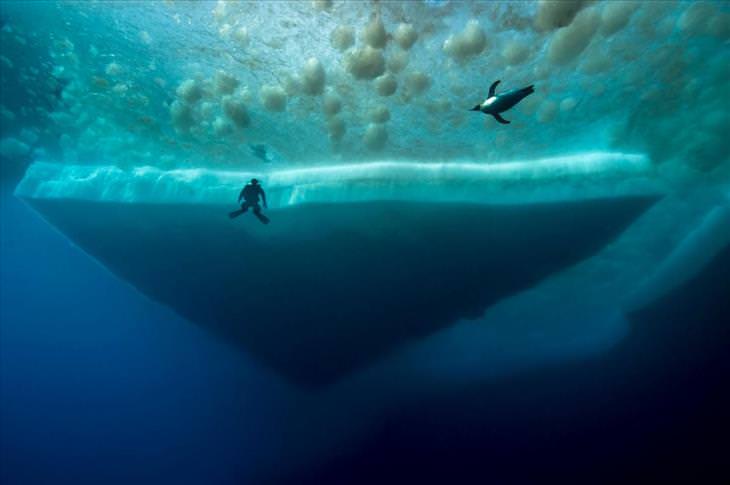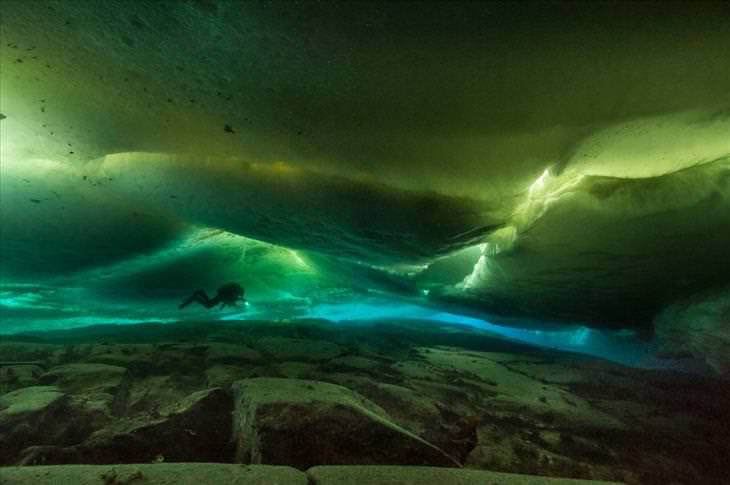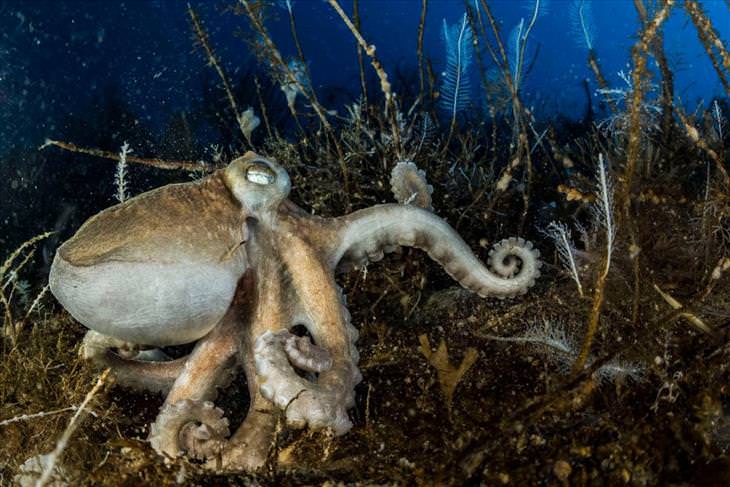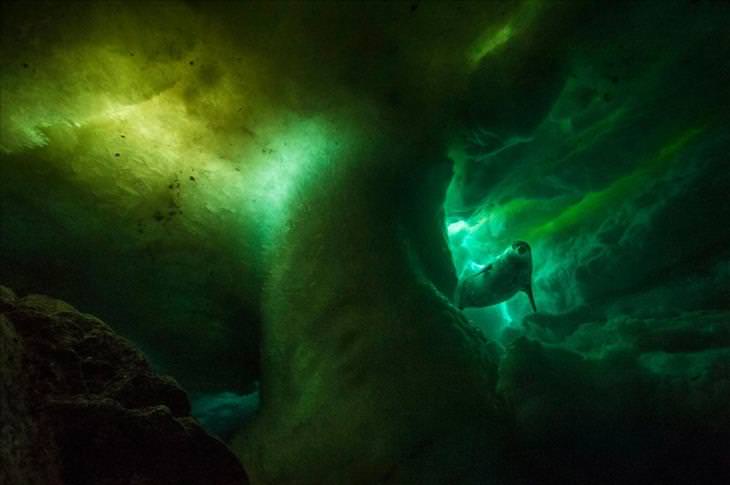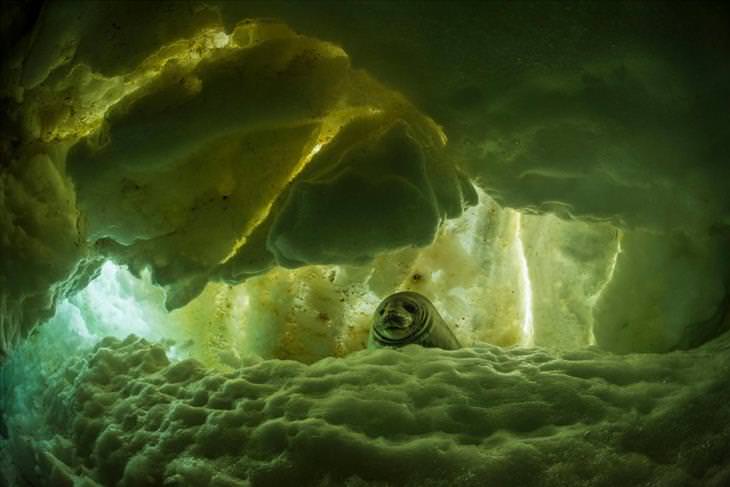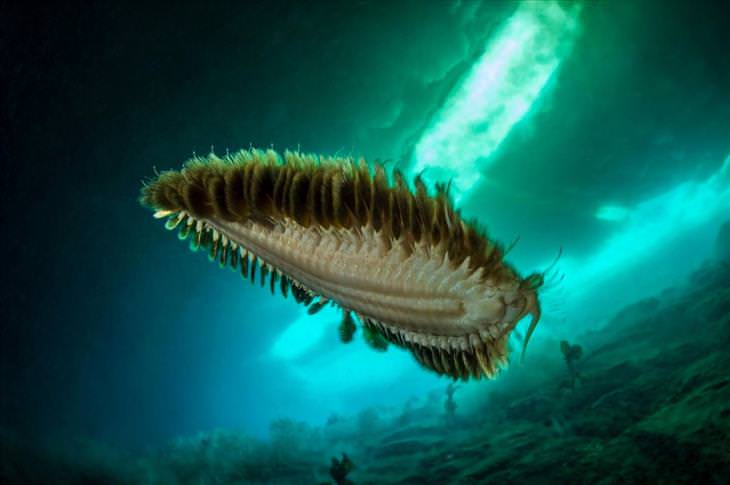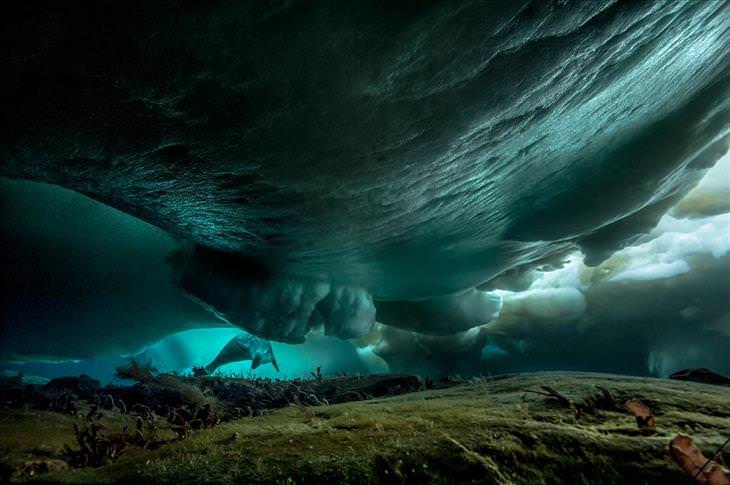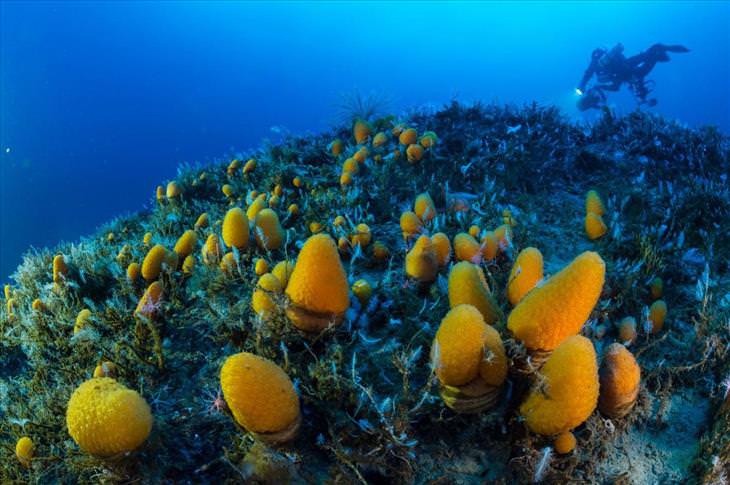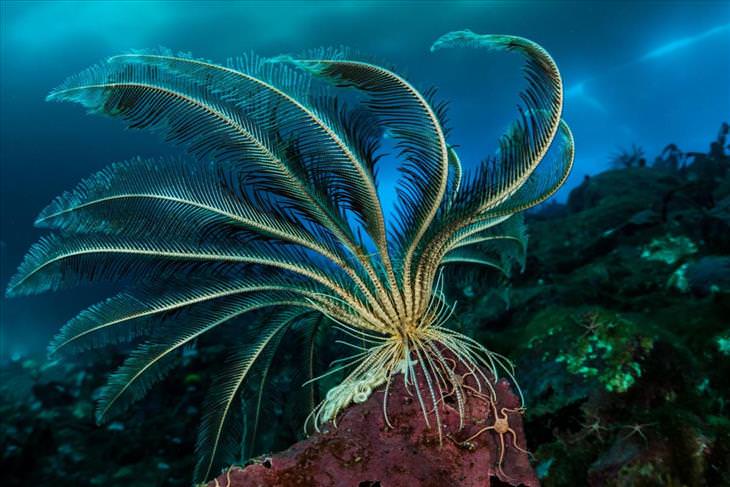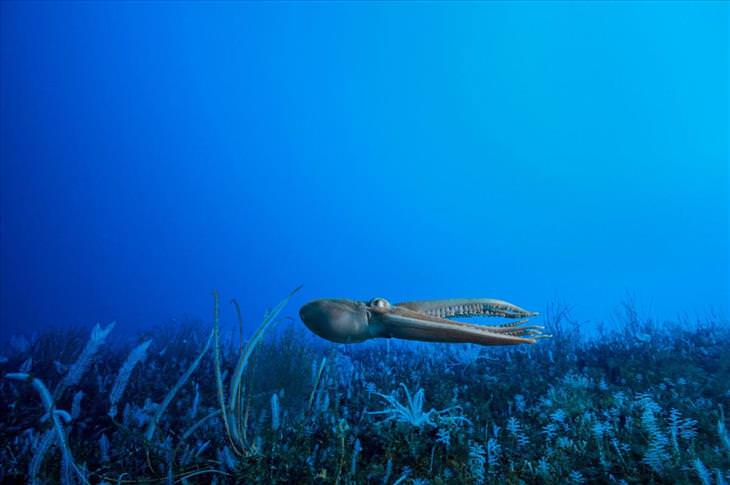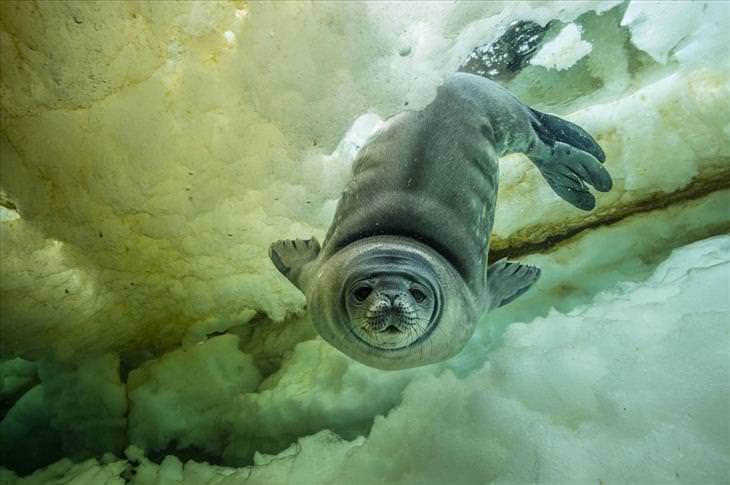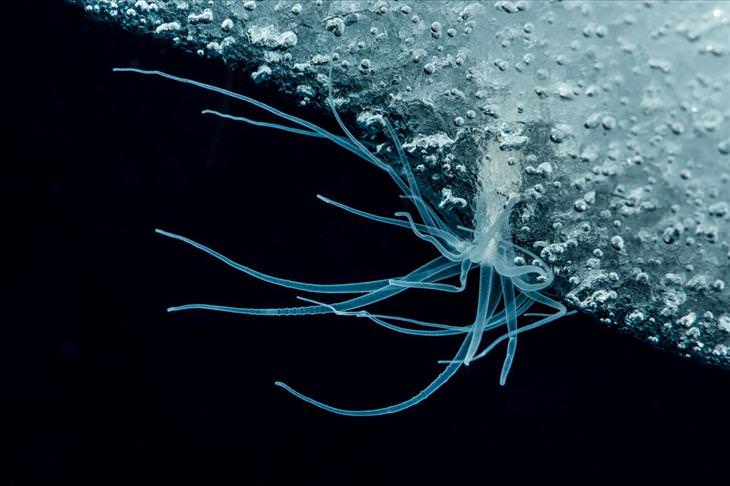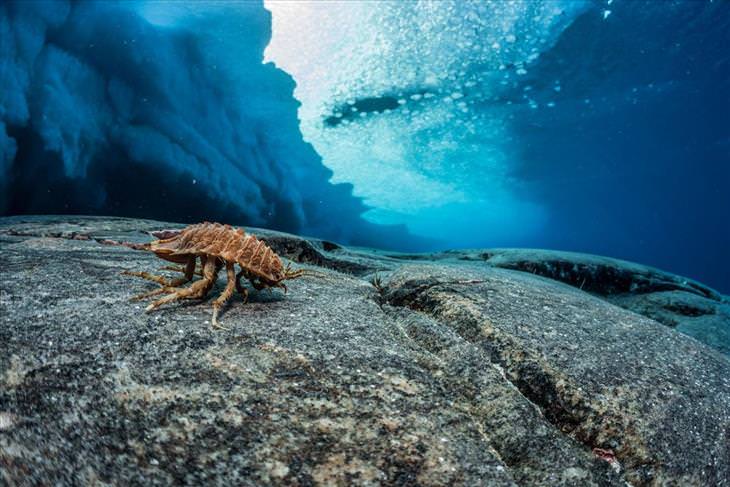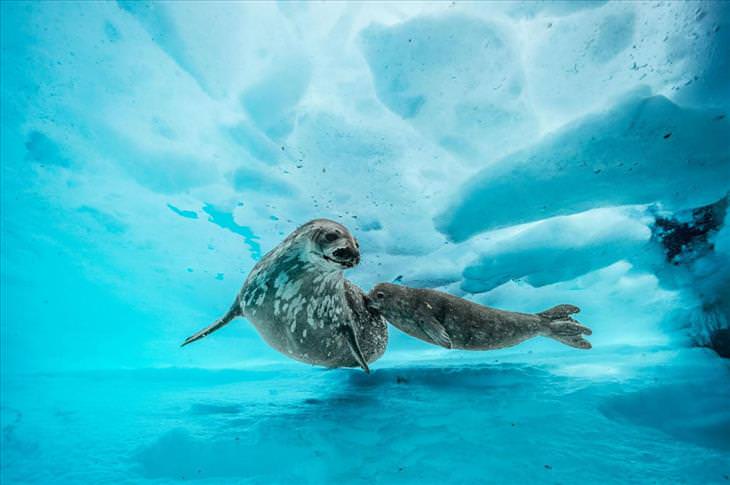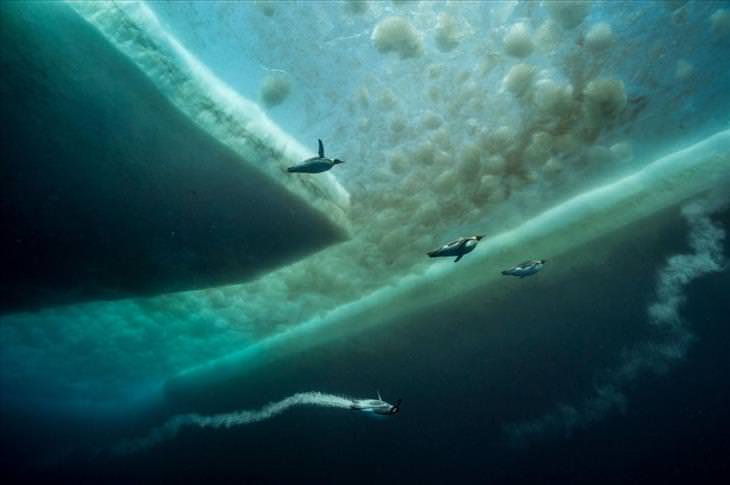
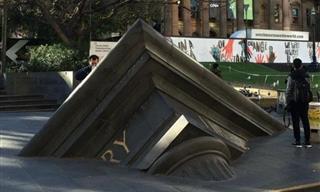
When Art Makes You Reflect Upon the World – 12 Pictures
The creative works of art featured here will make you think about the state of our world.

Meet 10 of Australia’s Scariest Inhabitants
Here’s proof that Australia has some of the scariest creatures.
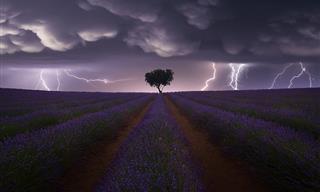
Stunning Winners of the Sony World Photography Awards 2021
Check out the stunning winning images from the Sony World Photography Awards 2021.

Hilarious: Nobody Tells Mother Nature What to Do!
Here are 18 ironic photos that prove that nature doesn't care about what people want!
 17:46
17:46
Visiting Antarctica Is Such a UNIQUE Experience
Did you ever imagine what it would be like to visit Antarctica? Well, this couple did just that and documented it all!

20 Breathtaking Photos of Our Crazy Beautiful Planet
Sit back and enjoy some gorgeous photos from around the world.
 4:16
4:16
Experience Pinnacles National Park in Crisp 4K Resolution
Check out this incredible time lapse video of California's Pinnacles National Park, which was filmed in crisp 4K resolution.
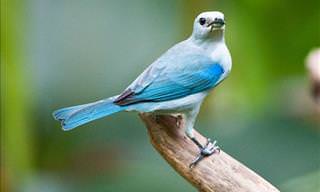
The Most Beautiful Birds in the World Are in Costa Rica
The Jungles of Costa Rica are rich in beautiful animal life, none more beautiful than the many birds that call it home.

Adorable: These Birds Woke up on the Wrong Side of the Bed
Ossi Saarinen's bird photos always make everyone go "awww." Check them out for yourself!

Adorable Miniature Donkeys Are Here to Make Your Day!
These diminutive donkeys aren't babies or dwarves, but an adorable breed of smaller donkeys. They’re so cute you’ll want to adopt a few.
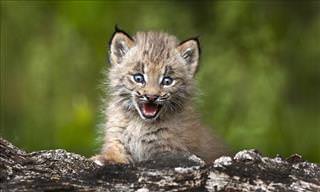
The Adorable Babies of 10 of the Most Feared Predators
Although we'd prefer not to come close to predatory beasts, their babies are so cute and hard to resist!

These Tiny Creatures Made Me Smile All Day Long
Animals come in many shapes and sizes. But they all start at one size - small! One can hardly look at a baby animal without feeling a sense of kinship, a desire to protect, and uncontorllable urge to say: "awwww".

22 Award-Winning Photos That Capture the Power of Nature
The International Photography Awards has many categories, but today, we will focus on nature, with 22 stunning highlights from the 2020 competition.

This Photographer Captured the Majesty of Maine Coon Cats
Photographer Robert Sijka is a cat aficionado, and he also happens to be an excellent photographer. Take a look at his work with Maine Coon cats.

GALLERY: You've Never Seen Such Crazy Weather Pics Before!
Check out this incredible collection of extreme weather photos.
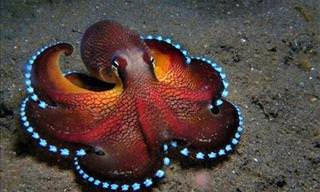
These Ocean Species Look Like They're From Another Planet
These ocean species are unlike anything I've ever seen before.
 4:15
4:15
Are These the Coolest 70 Year Olds Ever?
These women have made their livelihoods by hunting sea snakes on the coast of their island.
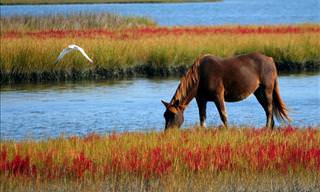
A Royal Beast: Celebrating the Beauty of the Horse
These stunning photos and beautiful quotes about horses made me remember how much I admire them.

The Flowers & Blossoms of Fruit Trees Are Achingly Pretty
There are few things in this world that are quite as magical as a flowering or blossoming fruit tree. Take a look at 15 stunning images of fruit tree flowers.

Find Out More About North American Butterflies Here
Mankind has always been fascinated by butterflies and that fascination hasn't died down today. Take a look at these informative images.
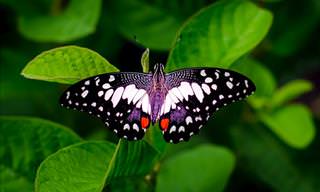
See Colorful Butterflies in Gorgeous Detail
We present you with our most beautiful photo galleries of butterflies and moths all in in one page.
 3:13
3:13
I Can't Believe a Dull Fish Can Make Such Beautiful Art!
You've heard that birds exhibit magnificent courting rituals, but none of them compare to what the puffer fish gets up to. What an artist!

If You Love Dogs, You'll Love Learning This About Them..
I love dogs, and so I love learning about them. These facts have really surprised me.
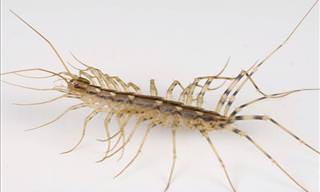 5:35
5:35
Stop Killing Centipedes in Your Home! Here's Why...
When it comes to common house centipedes, it many be far more beneficial for you to simply leave them alone instead of killing them. Here's why.
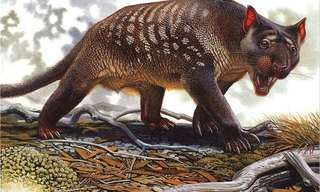
These Creatures Are So Scary You'll Be Happy They're Extinct
Once you read more about these extinct animals - you'll be happy you won't have to see them in real life.

This Botanical Garden in Pennsylvania Is Out of This World
Take a look at these terrific photos of stunning Botanical garden, Longwood Gardens.
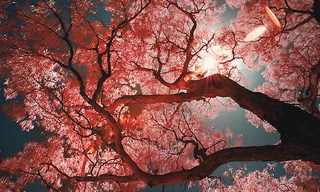
There Are Exquisite, Colorful Trees Growing in Japan...
Japan is more than Japanese culture, it is also a land of unspeakable natural beauty as you can see in these beautiful photos of japan's nature.
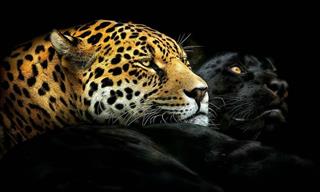
These Intimate Animal Portraits Will Leave You Stunned
Photographer Pedro Jarque Krebs takes intimate close-ups of wild animals. Here are some if his best shots.
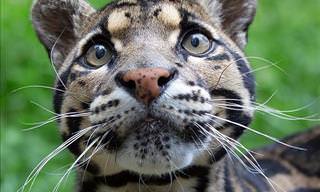
Discover the World of Beautiful Wild Cats
These cats may make you want to pet them, but be advised - these are all rare and highly feral breeds. Maybe it's best to enjoy these 10 wild cats from afar...

The Colorful and Beautiful Birds of Paradise!
This amazing video brings to life the most beautiful and stunning of birds!
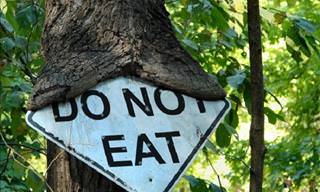
Hilarious! Nobody Tells Mother Nature What to Do!
Here are 18 ironic photos that prove that nature doesn't care about what people want!
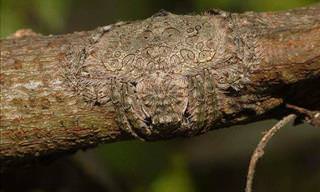
Nature Is Full of Mystery When You Look at These Photos
Take a look at these amazing photos of nature which depict so much mystery.
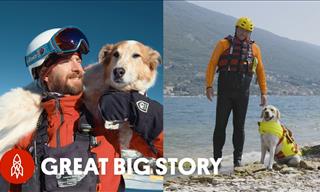 14:17
14:17
Who Needs Superheroes When We Have These Dogs?
Take a look at the extraordinary stories of five remarkable dogs who save lives and stop crimes.

These Flowers are Some of the Most Expensive in the World
Flowers are never cheap, but as you're about to see, some are a lot more expensive than others.

Click to Transform Caterpillars Into Moths and Butterflies!
Both butterflies and moths have four stages of life, they go from the initial egg to a caterpillar, then to a cocoon and finally to a butterfly or moth. Watch these 18 interactive photos Before and After caterpillars transform.
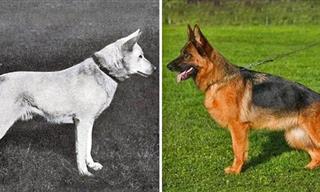
What Did These Breeds Look Like a Century Ago?
Certain breeds of dogs have changed a lot over the last century. Check out some of their evolutionary changes here.
 6:34
6:34
Have You Ever Seen a More Beautiful Garden Than This?
Kayoichou Park is situated in Kasuya Town on the edge of Fukuoka City on the island of Kyushu, Japan. Take a look at the stunning rose garden there.
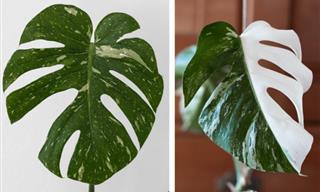
You’ll Never Guess the Price Tags on These Luxury Plants!
Believe it or not, each of these houseplants costs thousands of dollars. Find out why.
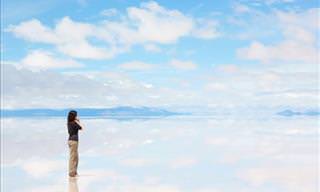
10 Marvelous Nature Spots That Are Too Beautiful For Words
Here are 10 spectacular natural sights our planet has to offer:

These Dogs Have the Best Hair Day, Every Day.
I have never seen dogs that look so amazing before. They all have such beautiful coats of hair!
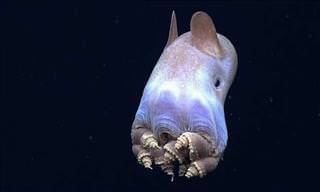
Imagine Sharing Living Space with These Watery Weirdos!
The ocean is an even greater unknown than outer space, and some of the life forms you find in it are incredibly bizarre. Take a look at these odd sea creatures.

14 Incredible Sights from the Mighty Andes
We have curated a stunning collection of photos that showcase one of the most remote and awe-inspiring places on Earth.
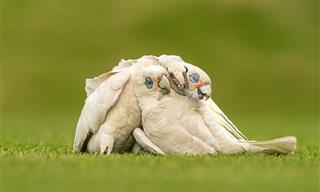
In Pictures: 2023 BirdLife Australia Photography Awards
Check out the majestic winners of the 2023 BirdLife Australia Photography Awards.

Here's What Happens When Animals Befriend People...
Here are 20 cute pictures of woodland animals that simply love to befriend people!

These Stunning Trees Are Unlike Anything I've Ever Seen
There are many variety of trees that grow on our planet, but some stand out from the rest. The following trees grow in all forms of shapes and colors. They will surely take your breath away.
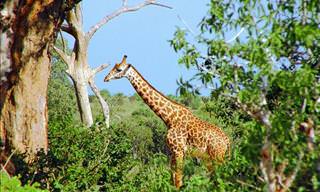
The Beautiful Animals You'll See When On Safari...
If you want the best safari experience, Africa is where you should go, especially if you want to see the big five wild animal groups: the lion, the leopard, the elephant, the rhino and the buffalo.



